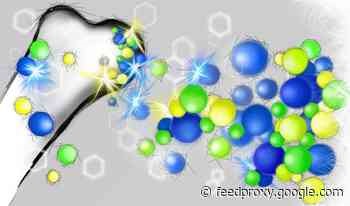
Bioactive glass, the material which rebuilt the future
There are many glass types, but one of them ranks as the future leader in the materials market. It is a bioactive glass.
The chemical composition is the main difference between the traditional glass and bioactive glass.
Standard glass is an inorganic material mainly based on SiO2 (or silica) with additives like Sodium and Calcium carbonates.
The bioactive glass main components are the SiO2 and other oxides like CaO, Na2O, and P2O5, which contains Calcium, Sodium, and Phosphorus naturally existing in our body. Their presence and proper ratio in the glass make the material biocompatible.
Bioactive glass has many applications:
- Supporting damaged bones tissues through the interactions between particular ions (Ca) and stimulate the body to direct the healing process.
- Form bonds between tissues and implants, particularly the dental implants providing additional reinforcement.
- Act on the bacterial colonies.
- Coatings special drugs to control drug release rate.
Bioactive glass can be found in cosmetics like nail polish, and in toothpaste or mouthwash liquid, in anti-rankles paste, and in many other products.
 English
English Arabic
Arabic


